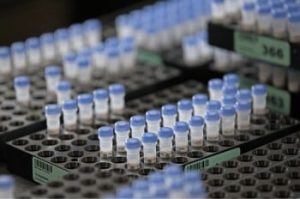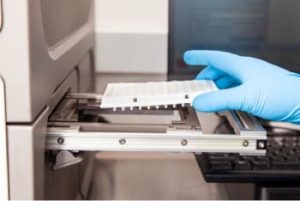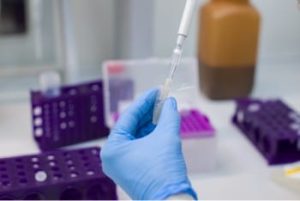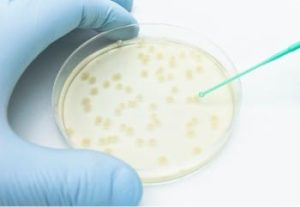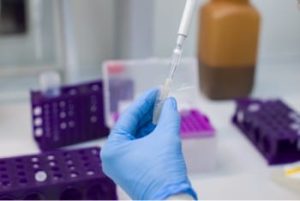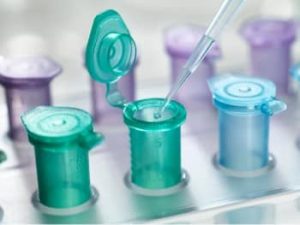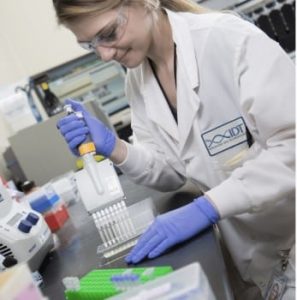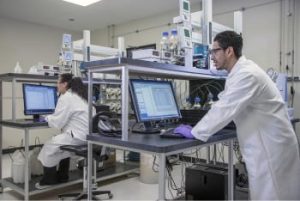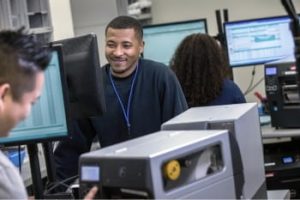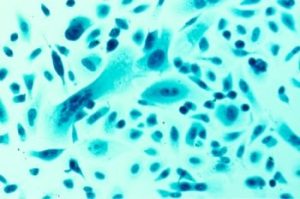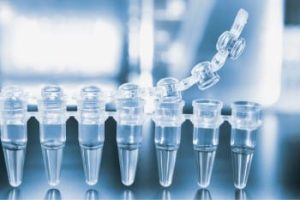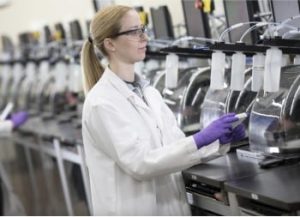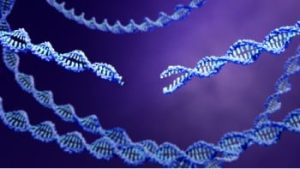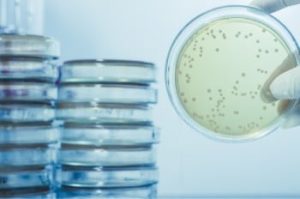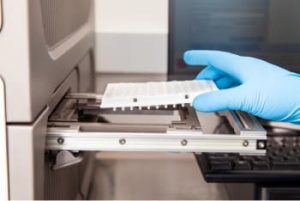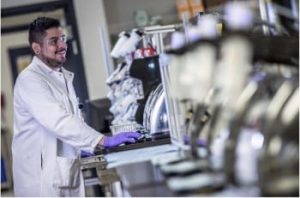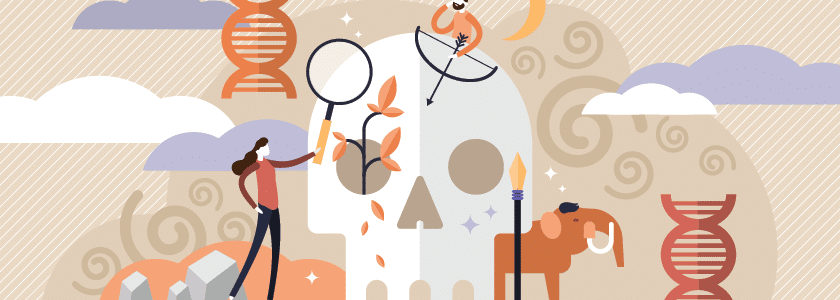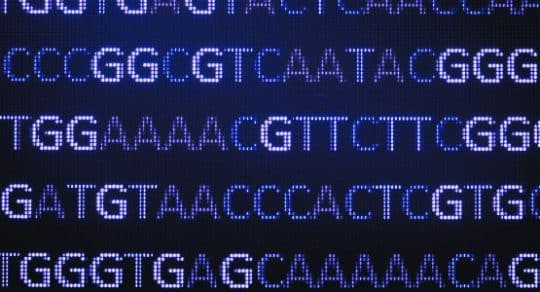The Takeaway: The popularity of ancient DNA (aDNA) studies using sequencing has researchers worried about sample sustainability. The study of ancient populations—both from humans and other animals—has dramatically increased in recent years as their remnant genetic material is analyzed with increasingly sophisticated tools and techniques.
For example, the sequencing of ancient DNA samples has helped solve numerous early human mysteries and taught us more about the animals that live around us. Some examples include:
-
Studies have genetically linked Siberians to the early settlers of present-day America and opened up new questions about how and where they migrated.
-
New DNA analyses have shown that ancient migration patterns on the Asian continent were directly linked to agricultural progress. As farming grew and people moved, hunter-gatherers in Asia may have been forced west.
-
The Caribbean was one of the last regions of the Americas to be settled. After decades of investigation, researchers finally understand how the settlement played out.
-
How far did South Americans travel? DNA studies have linked prehistoric Polynesians to South America but questions remain: Did Polynesians sail to South America, or did South Americans sail to Polynesia?
-
In Africa, the nation of Chad has served as an astounding crossroads of humanity for millennia. That is the reason why the country is home to more than 200 ethnic and linguistic groups. Recent genetics studies have finally helped explain Chad’s dynamic past and offered glimpses into its dizzying number of ethnicities. Not surprisingly, they have tied language to migration patterns.
-
On Yemen’s Socotra Island, studies have confirmed that this curious, remote, sparsely inhabited place is home to more endemic species than almost anywhere else on earth. The DNA of the island’s population, however, is just as unique and fascinating.
Thanks to advanced next generation sequencing (NGS) techniques and tools, like those from IDT, it is now possible to more easily sequence large amounts of ancient DNA samples using a miniscule amount of material. But as researchers seek to illuminate the dark corners of the Earth’s history, the specimens themselves are disappearing. Extracting DNA from ancient materials requires the partial destruction of that material, meaning that while the present work can proceed, future work may be at risk.
What is ancient DNA?
Ancient DNA (aDNA) is DNA that is isolated from ancient specimens or samples. These DNA samples can range from a few hundred to as many as 1.5 million years old. Ancient DNA genetic material is recovered from skeletal material, mummified tissues, non-frozen medical specimens, specimens preserved in ice and permafrost, and DNA collected from marine sediment and excavated soil.
When was aDNA first used?
Ancient DNA were first studied in 1984, when genetic material was collected from a quagga some 150 years after the last animal died. The process was improved with the development of polymerase chain reaction (PCR) techniques in the 1980s; PCR overcame the tendency of DNA application to produce highly skewed and non-authentic sequence artifacts.
In the 1990s, the retrieval of DNA locked in amber extended the reach of ancient DNA studies, and single primer extension amplification, which was introduced in 2007, addressed postmortem DNA modification damage.
The challenge of DNA degradation
Due to its age and processes that accompany that aging, including cross-linking, deamination, and fragmentation, aDNA has a lower quality than more modern genetic material. DNA damaged in this way is restricted with respect to possible analyses, and there is an upper limit on the age of successful samples. Samples subject to different environmental conditions will decay at various rates, and this is much of the reason why DNA collected from arid regions or very cold regions is more common than aDNA collected from humid and maritime regions.
Ancient DNA may also be contaminated by: (need bullets to optimize for ‘causes’ under the quick answer for [dna degredation] on Google)
-
Modern human DNA
-
Microbial DNA
How to prevent DNA degradation
New techniques are helping to minimize the possible contamination of aDNA samples and permitting the extraction of aDNA under extremely sterile conditions while also applying bioinformatics to the resulting sequences based on known reads.
A plea from aDNA researchers: More needs to be done
While new sequencing techniques enable more to be done with older and obscure samples, researchers caution that there is plenty at risk, too.
Writing in Nature, American researchers Keolu Fox and John Hawks said the new frontiers being created in the field come at a price.
“Extracting the best-quality DNA from ancient remains requires the partial destruction of those specimens. And once bones, teeth, hair and so on are ground into dust, future opportunities for using them to understand our past are lost,” they wrote.
Specifically, Hawks and Fox are investigating how the introduction of smallpox, leprosy, and other diseases spread by European colonizers in the 18th century shaped the modern-day genomes of Hawaiians.
“We are becoming increasingly concerned,” they explained. “To our knowledge, no one currently has a full list of all the samples from ancient humans and closely related species examined so far (meaning samples ranging from hundreds to tens of thousands of years old). No one is tracking the success rate of data recovery across laboratories and samples. And no one knows how many specimens are left. With such a rapid scale up in analytical capacity, the diverse stakeholders involved (archaeologists, molecular biologists and bioinformaticians; editors and journalists; museum curators; and the descendants of the populations being studied) must talk. They need to establish how to balance discovery now with the need to safeguard cultural remains in the long term.”
In the case of aDNA, many samples comprise a fragment of bone or a tooth, and with research methods becoming less expensive, there is new pressure on researchers to sample not just one or a handful of samples, but dozens and even hundreds. Fox and Hawks propose two changes to the sampling of ancient genomes:
-
A diverse network of stakeholders needs a say in continuation of research on ancient remains
-
There needs to be compatibility and open documentation of the passage of ancient remains from one institution to another, as well as a detailed record of what happens to those remains along the way
The researcher proposed the creation of a database that would house this information and suggest the U.S. National Science Foundation take a lead role in establishing it.
Clearly, the preservation of aDNA for relevant study today, and the breakthrough studies of tomorrow, is in the best interests of researchers. In the meantime, make sure to get the most of your ancient DNA by using the right research sequencing technologies and tools. IDT has dedicated tools for high library complexity from low-quality samples, including the xGen cfDNA and FFPE DNA library prep kits.
Doc ID: RUO21-0553_001

